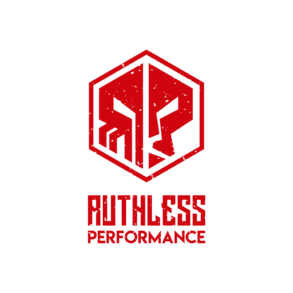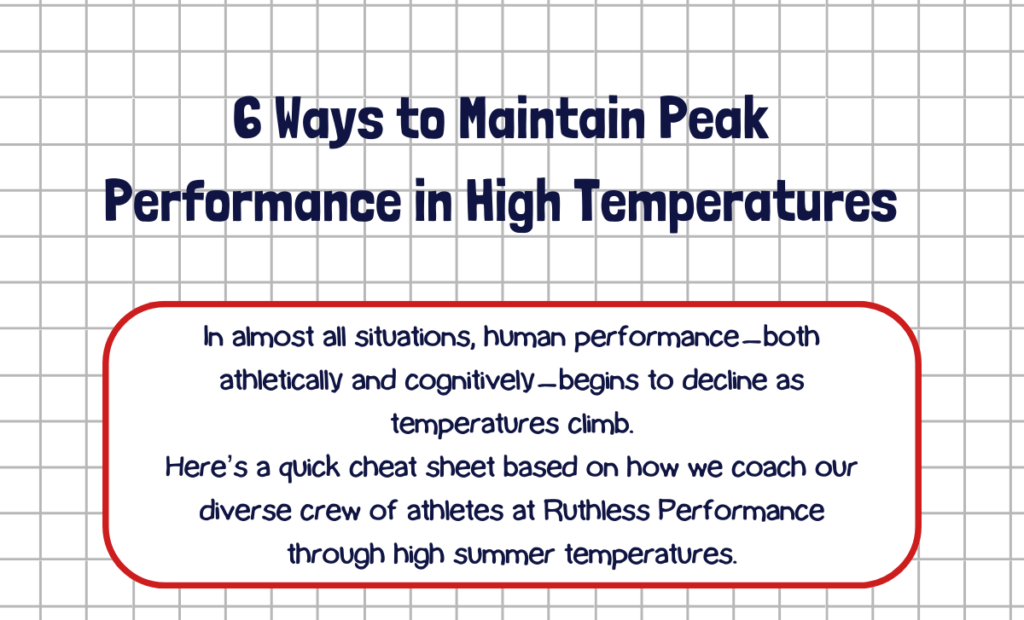[INFOGRAPHIC] 6 Ways to Maintain Peak Performance in High Temperatures
With my upcoming bike tour from Philadelphia to Atlantic City (in the midst of a heat wave), I wanted to make sure that our cyclists have a quick guide for considerations on race-day performance in the heat. This is in no way a comprehensive dive on the subject, but rather a way to get athletes …
[INFOGRAPHIC] 6 Ways to Maintain Peak Performance in High Temperatures Read More »

